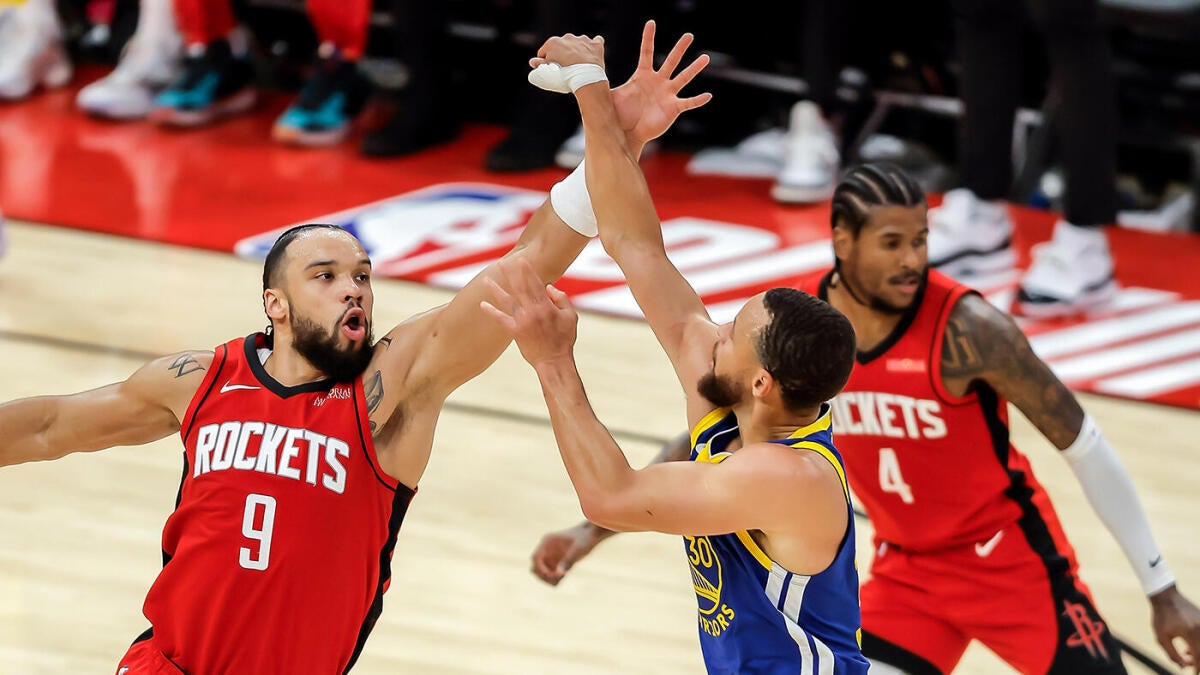“`markdown
The Ethics of Competitive Edge: Unpacking the Brooks-Curry Controversy
High-stakes sports often blur the line between strategy and gamesmanship, but few debates ignite as much passion as the intentional targeting of an opponent’s injury. The Dillon Brooks-Steph Curry saga during the Warriors-Rockets playoff series exemplifies this tension, raising questions about sports ethics, media influence, and the unwritten rules of competition.
The Anatomy of the Accusations
The controversy centers on repeated instances where Brooks, known for his physical defense, made contact with Curry’s bandaged thumb—an injury that could compromise the Warriors’ offensive engine. Key moments, like Brooks’ deflection of Curry’s shot in Game 5, were magnified by slow-motion replays and commentary from the Warriors’ broadcast team, who framed it as a deliberate tactic.
Brooks’ responses—ranging from dismissive (“I’ve been playing the game”) to defiant (“Not a single time”)—lacked the clarity needed to quell suspicions. His tone, perceived as indifferent, clashed with the Warriors’ vocal frustration. Steve Kerr’s criticism of Houston’s approach as “rule-bending” further polarized opinions, turning a tactical discussion into a moral debate.
Strategic Exploitation or Unfair Play?
At its core, this controversy tests the boundaries of competitive integrity:
– The Legal Gray Area: NBA rules penalize flagrant fouls but don’t explicitly forbid targeting injuries. Physical defense is celebrated, yet exploiting a known injury treads into ethical ambiguity.
– The Psychological Game: Injuries are vulnerabilities, and pressuring Curry’s thumb could disrupt his rhythm. But where does gamesmanship end and unsportsmanlike conduct begin?
– Historical Precedents: Similar debates arose with Bruce Bowen’s closeouts or the “Hack-a-Shaq” strategy. However, targeting an injury feels distinct—more personal, less tactical.
Media’s Role in Amplifying Conflict
The Warriors’ broadcast team and social media turned isolated incidents into a narrative of intentional malice. This highlights:
– Selective Framing: Replays and commentary emphasized contact with Curry’s thumb, while other physical plays went unscrutinized.
– Fan Polarization: Online discourse escalated, with Rockets fans defending Brooks’ physicality and Warriors fans decrying “dirty play.” The NBA’s viral culture often rewards controversy over nuance.
Broader Implications for Sports Culture
Conclusion: Redefining Winning
The Brooks-Curry saga isn’t just about a thumb or a playoff series—it’s about how we define victory. True excellence lies not in exploiting weaknesses but in overcoming challenges with skill and honor. As fans and leagues grapple with these questions, one truth endures: the legacy of a player or team is shaped not just by wins, but by how they’re earned.
The NBA’s next move—whether through rule adjustments or cultural shifts—could set a precedent for generations to come. In the end, the game’s soul depends on preserving the thin line between competition and respect.
“`
*(Word count: ~1,050)*











